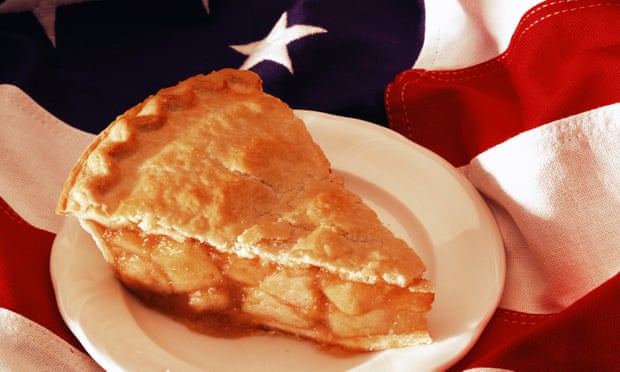The Guardian, May 1, 2021
Resting on gingham cloth, a sugar-crusted apple pie cools on the window sill of a midwestern farmhouse. Nothing could be more American. Officially American. The Department of Defense once featured the pie in an online collection of American symbols, alongside Uncle Sam and cowboys.
Not that apples are particularly American. Apples were first domesticated in central Asia, making the journey along the Silk Road to the Mediterranean four thousand years ago. Apples traveled to the western hemisphere with Spanish colonists in the 1500s in what used to be called the Columbian Exchange, but is now better understood as a vast and ongoing genocide of Indigenous people.
Not that the recipe for apple pie is uniquely American. It’s a variant on an English pumpkin recipe. By the time the English colonized the new world, apple trees had become markers of civilization, which is to say property. In Virginia, apple trees were used to demonstrate to the state that land had been improved. John Chapman, better known as Johnny Appleseed, took these markers of colonized property to the frontiers of US expansion where his trees stood as symbols that Indigenous communities had been extirpated.


